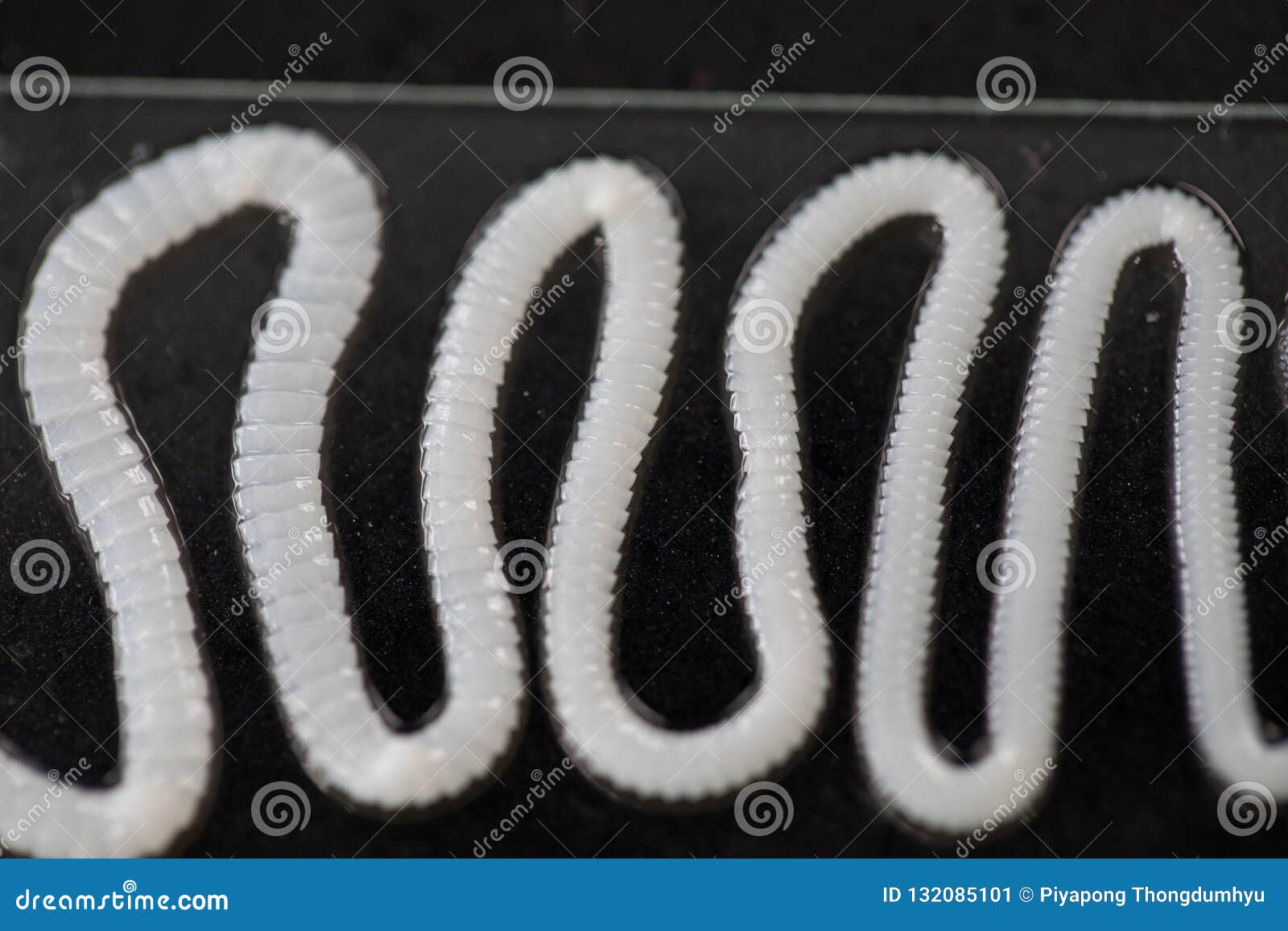

nihonkaiense.ĭefinitive host specificity among the medically important diphyllobothriids is low. Intermediate and paratenic hosts include a wide diversity of freshwater and marine fishes, commonly perch and pike for Dibothriocephalus latus and salmon for D. Eggs appear in the feces 5 to 6 weeks after infection. Immature eggs are discharged from the proglottids (up to 1,000,000 eggs per day per worm) and are passed in the feces. The adults can reach more than 10 m in length, with more than 3,000 proglottids.

Adult diphyllobothriids attach to the intestinal mucosa by means of two bilateral groves (bothria) of their scolex. In the definitive host, the plerocercoid develops into adult tapeworms in the small intestine. In this case, the plerocercoid migrates to the musculature of the larger predator fish humans (and other definitive host species) acquire the parasite via consumption of undercooked paratenic host fish. However, these small second intermediate hosts can be eaten by larger predator species that then serve as paratenic hosts. Because humans do not generally eat these small fish species raw, the second intermediate host probably does not represent an important source of human infection. Procercoid larvae are released from the crustacean upon predation by the second intermediate host (usually a small fish) and migrate into the deeper tissues where they develop into a plerocercoid larvae (spargana), which is the infectious stage for the definitive host. After ingestion by a suitable crustacean (first intermediate host) the coracidia develop into procercoid larvae. Under appropriate conditions, the eggs mature (approximately 18 to 20 days) and yield oncospheres which develop into a coracidia. Life CycleĮggs are passed unembryonated in feces. Sporadic case reports exist involving several other diphyllobothriid species, although some of the species identifications in these reports are of questionable validity. Dibothriocephalus nihonkaiense ( =Diphyllobothrium nihonkaiense), Dibothriocephalus dendriticus(= Diphyllobothrium dendriticum), Diphyllobothrium stemmacephalum ( = Diphyllobothrium stemmacephalum =Diphyllobothrium yonagoense), Diphyllobothrium balaenopterae (= Diplogonoporus grandis =Diplogonoporus balaenoptera), and Adenocephalus pacificus (=Diphyllobothrium pacificum) are also known to infect humans. However, it is possible that many historical cases were falsely attributed to this species. Dibothriocephalus latus (= Diphyllobothrium latum), the “broad fish tapeworm”, is usually assumed to be the most common agent of human diphyllobothriasis. Recent research incorporating morphologic and molecular data has led to the re-classification and re-naming of most of the human-infecting diphyllobothriids. All species associated with human diphyllobothriid infections have marine or aquatic life cycles and transmission occurs via ingestion of undercooked fish. These pseudophyllidean cestodes have a scolex bearing bothria (grooves), instead of suckers as in the cyclophyllidean cestodes (the group including nearly all human-infecting species). They lack oral opening.Several members of the cestode (tapeworm) family Diphyllobothriidae are known to infect humans. They absorb nutrients from food digested in the intestine.
BROAD FISH TAPE WORM SKIN
The adult worm in the gut feed through the skin (tegument). latum is whitish or yellowish in color and is dorso-ventrally flattened. The species is hermaphrodite, which means it carries both sets of sex organs and therefore is capable of self-fertilization.ĭ.

The proglottids contain the reproductive organs (and therefore involved in sexual reproduction). The neck serves as the proliferative region that gives rise to new proglottids. The worm uses bothria to attach to the wall of the intestine. The scolex lacks hooks and has slit-like grooves called bothria that run longitudinally. latum has three major body parts: the head or scolex, the neck, and the proglottids. It is regarded as the longest human tapeworm, reaching about ten to twelve meters long. It occurs in Scandinavia, western Russia, and the Baltics. Infection in humans is usually by eating uncooked fish. latum causes diphyllobothriasis in its human host. Fish tapeworm that infests the intestine of its mamalian (including human) hostĭiphyllobothrium latum belongs to the genus Diphyllobothrium, which in turn belongs to the class Cestoda ( tapeworm).


 0 kommentar(er)
0 kommentar(er)
